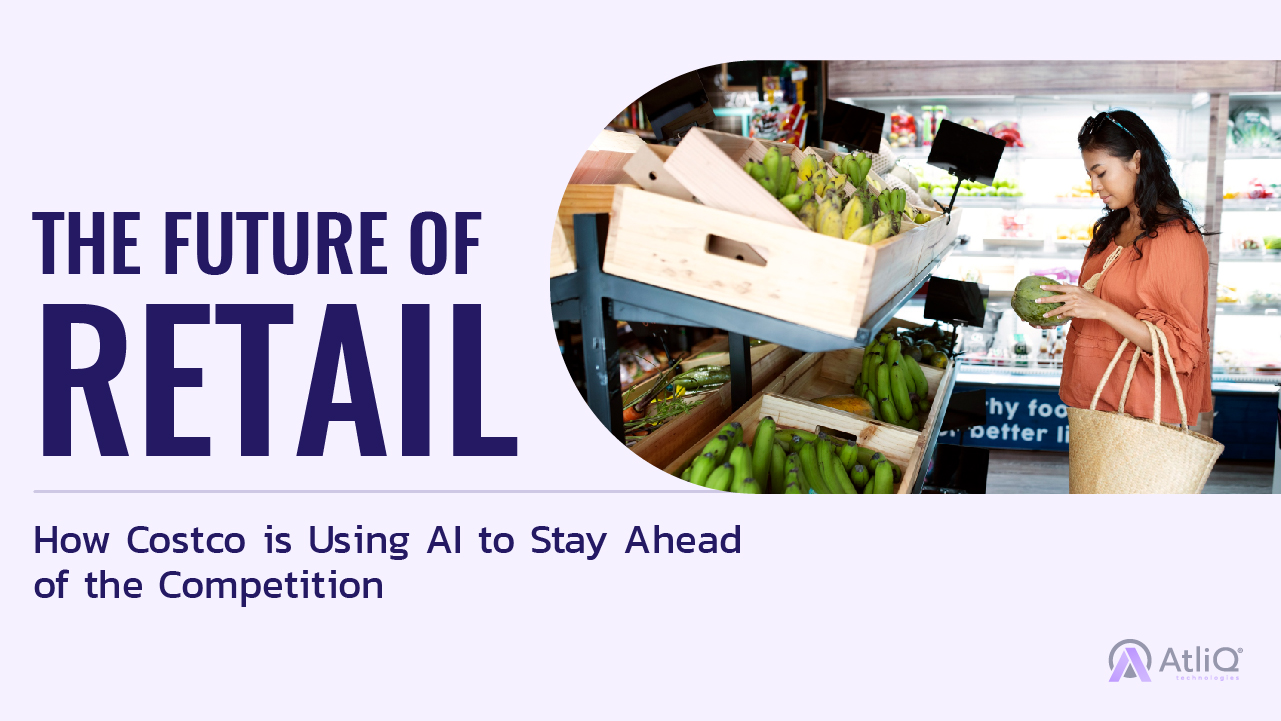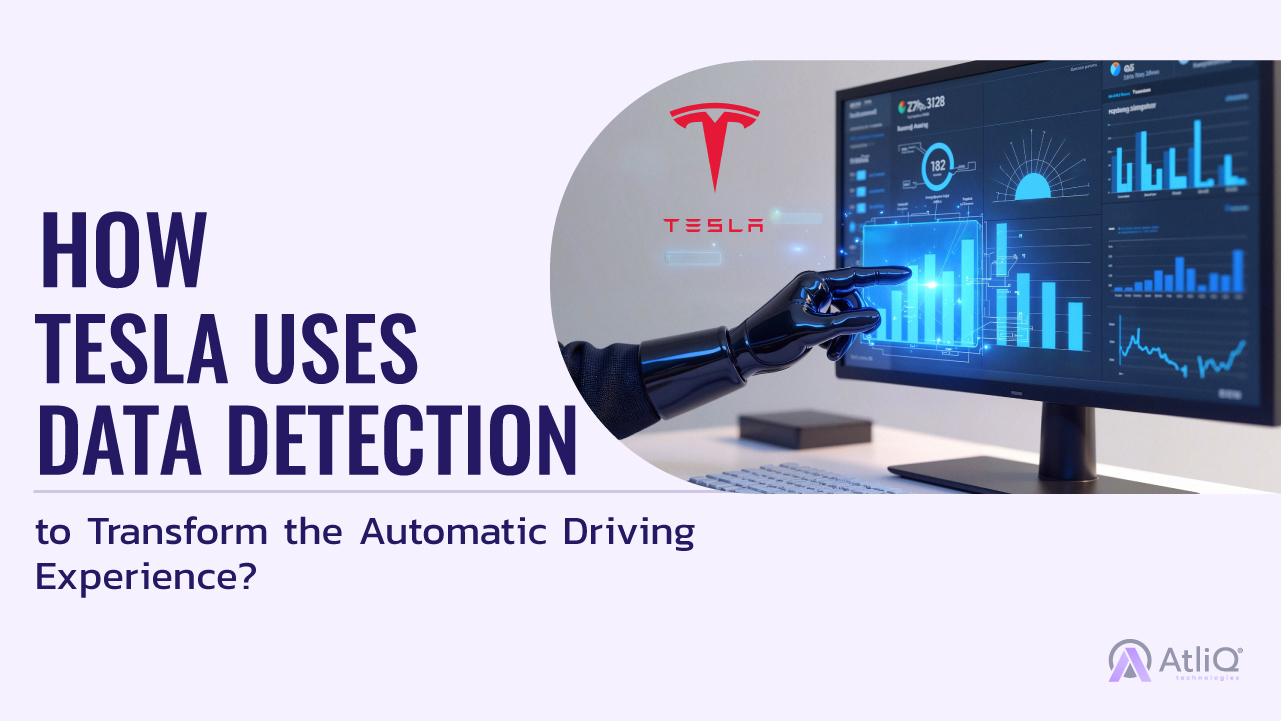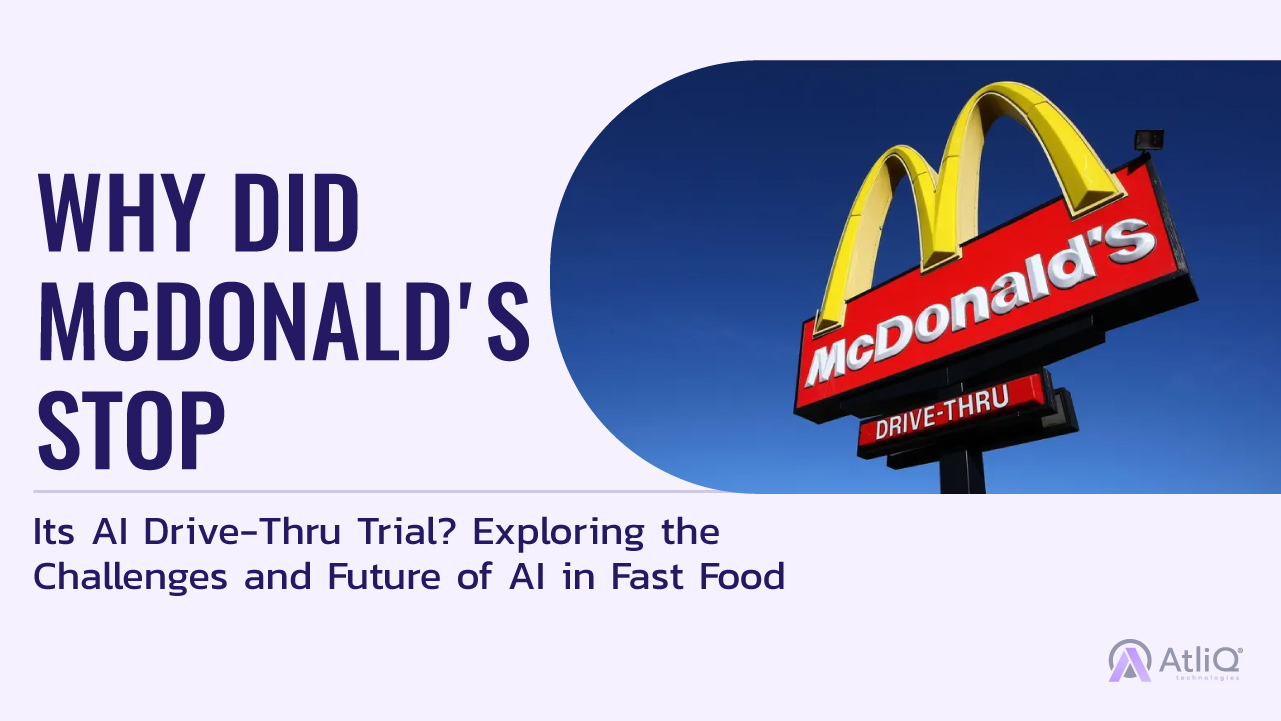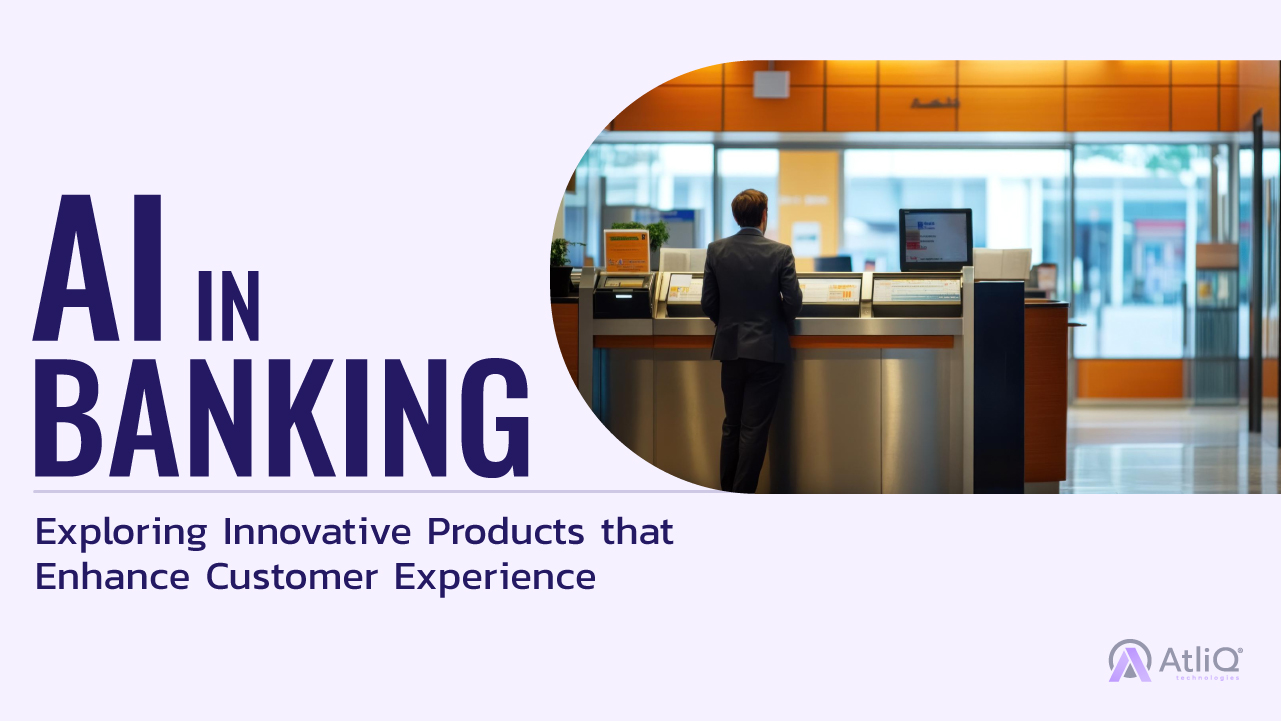
Imagine waking up one morning to find that your job has been replaced by a machine. It sounds like something straight out of a sci-fi movie, but for many, this is rapidly becoming a reality. A 2020 report by the World Economic Forum projected that 85 million jobs could be displaced by AI by 2025, but here’s the twist: AI is also expected to create 97 million new roles. This begs the question—should we fear the rise of AI, or embrace the opportunities it brings?
As Elon Musk once said, “AI will be the best or worst thing ever for humanity.” The debate around AI and jobs is no different. On one hand, industries are racing to adopt AI to boost efficiency, but on the other, workers are grappling with uncertainty about their future. Is AI simply an unstoppable job destroyer, or is it paving the way for entirely new kinds of work?
Let’s dive into the real question at hand—will AI take your job, or offer you a better one?
AI is transforming industries worldwide, optimizing processes, and boosting efficiency. In healthcare, AI aids in diagnostics, personalized treatments, and robotic surgeries, potentially saving the U.S. healthcare economy $150 billion annually by 2026. In manufacturing, AI-powered robots improve precision and reduce errors, with predictive maintenance cutting downtime by 50%. Finance is also seeing AI enhance fraud detection, customer service, and market analysis.
By automating routine tasks, AI frees workers for more strategic roles, enhancing productivity across industries while reshaping the workforce for a more efficient future.
The Fear: AI as a Threat to Jobs
AI’s rapid adoption brings the fear of widespread job displacement, particularly in sectors reliant on repetitive tasks.
- Job Displacement: Automation is replacing human roles in data entry, customer service, and manufacturing. AI-powered chatbots now handle customer inquiries, reducing the need for human agents. In manufacturing, robots dominate assembly lines, decreasing manual labor. According to McKinsey, up to 800 million jobs could be displaced by automation by 2030.
- Skill Gaps: The growing demand for AI-related skills is leaving many workers behind. As AI replaces low-skill jobs, workers must adapt, but 50% of employees will need reskilling by 2025 to stay relevant. Without the necessary skills, many may struggle to transition into new roles.
- Economic Inequality: AI is contributing to economic inequality. High-paying AI-related jobs are in demand, while low-wage positions face automation, widening the wage gap. Workers in sectors like retail and customer service are most at risk, while those with tech skills see rising salaries.
Examples of Displacement
In retail, self-checkout systems and AI inventory management reduce the need for cashiers. Manufacturing companies like Foxconn have automated production, cutting their workforce. In customer service, AI-driven chatbots are replacing human agents at major companies like Bank of America.
Without reskilling and adaptation, AI may widen the gap between skilled and displaced workers, leaving many vulnerable to job loss.
The Opportunity: AI as a Job Creator
AI is not just replacing jobs; it’s creating new ones and enhancing human capabilities. New roles such as AI specialists, data scientists, and AI ethics managers have emerged as companies look to integrate AI into their operations. These high-demand positions are shaping the future of industries.
AI also augments human skills, automating repetitive tasks and allowing workers to focus on strategic, creative work. In healthcare, AI helps doctors with diagnostics, while in finance, it aids in making better investment decisions. This collaboration between humans and AI increases productivity and innovation.
Moreover, AI is fueling entrepreneurial opportunities. Startups in areas like autonomous vehicles, e-commerce personalization, and health tech are thriving due to AI, creating roles in development, maintenance, and management.
Sectors like tech, healthcare, retail, and automotive are already seeing AI-driven job growth, with companies like Google, Amazon, and Tesla creating thousands of new opportunities. AI’s ability to generate jobs, drive innovation, and enhance human skills makes it a powerful tool for the future workforce.
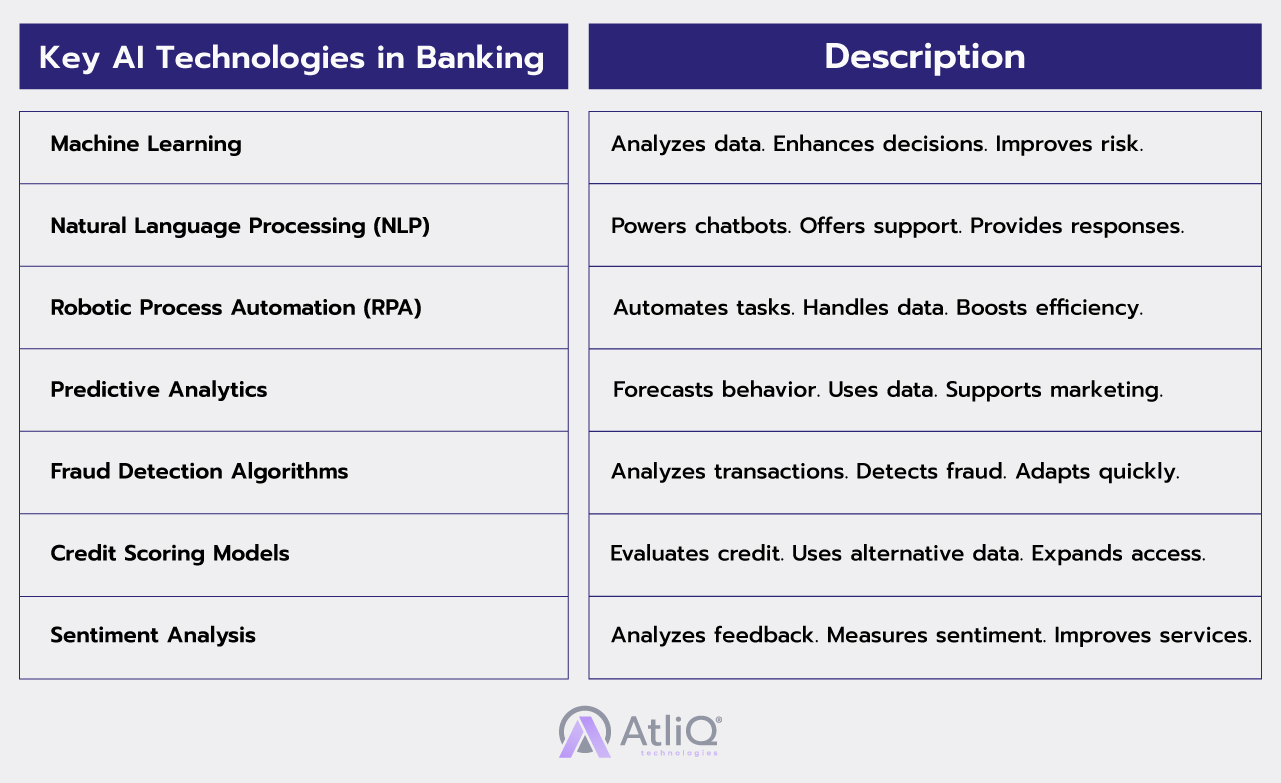
Balancing the Threat and Opportunity
As AI reshapes the workforce, the key to navigating its impact lies in balancing the challenges with the opportunities. With the right strategies, individuals, businesses, and governments can ensure AI benefits everyone and prepares the workforce for the future.
- Reskilling and Upskilling: One of the most critical steps to bridge the gap between job displacement and creation is reskilling and upskilling. Workers need to acquire new skills that align with the demands of AI-driven industries. Training programs in AI, data analysis, machine learning, and digital literacy are essential for transitioning workers from jobs at risk of automation to high-demand, AI-related roles.
According to the World Economic Forum, 50% of workers will need reskilling by 2025, underscoring the need for both private and public sectors to invest in lifelong learning programs. By focusing on continuous education, employees can stay relevant and seize the opportunities created by AI.
- Government and Policy Interventions: Governments play a crucial role in ensuring that AI’s benefits are distributed fairly. Policy interventions, such as updating labor laws, setting AI regulations, and creating inclusive educational systems, are essential for safeguarding workers’ rights and promoting responsible AI use.
Governments must also address AI ethics—ensuring transparency, preventing bias, and encouraging fair AI practices. Initiatives like universal basic income (UBI) or social safety nets can help mitigate economic disparities that could arise from AI-driven job displacement, ensuring that vulnerable populations are supported during the transition to an AI-powered economy.
- Human-AI Collaboration: Rather than viewing AI as a threat, the narrative should shift toward human-AI collaboration. AI isn’t here to replace humans but to work alongside them, enhancing their abilities and unlocking new levels of creativity and innovation. By automating routine tasks, AI frees up human workers to focus on problem-solving, strategic thinking, and creativity—skills that machines cannot replicate.
In many industries, humans and AI already collaborate successfully. In healthcare, AI assists doctors with diagnostics, but human judgment is still crucial. In finance, AI improves data analysis, but human decision-making drives investments. This collaborative approach ensures that both AI and human workers complement each other, leading to a more dynamic, productive workforce.
By investing in reskilling, promoting government interventions, and embracing human-AI collaboration, we can ensure that AI serves as both a job creator and an enabler of human potential. The future of work isn’t a zero-sum game—it’s a balance between leveraging AI’s capabilities and empowering the workforce to thrive alongside it.
What Does the Future Hold?
As AI continues to evolve, it reshapes the job landscape in profound ways. Understanding the future of work in the context of AI involves examining the types of jobs that will emerge, the necessity for adaptability, and the potential impact on global economies.
In the next 10, 20, and even 50 years, the job market will see a significant transformation driven by AI. Emerging roles are expected to focus on collaboration with AI technologies, such as AI trainers, who will teach machines to improve their algorithms, and AI auditors, responsible for overseeing ethical practices and compliance in AI systems. Fields like robotic maintenance and data privacy will also grow as reliance on AI increases.
Moreover, jobs that require uniquely human traits—such as creativity, empathy, and complex problem-solving—will become more valuable. Roles in creative industries, mental health, and sustainability will likely flourish, as human insight and emotional intelligence are irreplaceable by machines. The future will not only require technical skills but also an emphasis on soft skills to adapt to rapidly changing environments.
The Importance of Adaptability: To thrive in an AI-driven future, both workers and businesses must prioritize adaptability. The ability to learn new skills, embrace change, and pivot in response to new technologies will be crucial. For individuals, this means seeking ongoing education and training opportunities to stay relevant in the job market.
Businesses, on the other hand, must cultivate a culture of innovation and flexibility, encouraging employees to embrace new tools and methodologies. By fostering a growth mindset, organizations can not only navigate the challenges posed by AI but also leverage its capabilities to enhance productivity and creativity.
Potential AI Impact on Global Economies: The rise of AI is set to influence global economies significantly. As AI streamlines operations, increases efficiency and drives productivity, it has the potential to add $15.7 trillion to the global economy by 2030, according to PwC. However, this revolution may also create economic disparities if not managed responsibly.
Countries that invest in AI infrastructure, education, and ethical regulations are likely to lead the way in this new economy. Conversely, regions that lag in AI adoption may face challenges such as job displacement without sufficient reskilling programs, leading to increased unemployment and economic inequality.
The rise of AI presents both challenges and opportunities that will shape the future of work in unprecedented ways. While fears of job displacement are valid, they must be balanced with the recognition that AI is also a powerful catalyst for job creation, innovation, and enhanced human capabilities. By prioritizing reskilling and upskilling, fostering human-AI collaboration, and adapting to the evolving job landscape, we can harness the potential of AI to benefit individuals and economies alike.
In summary, the future of work in an AI-driven world is both promising and challenging. By anticipating the evolution of jobs, emphasizing adaptability, and considering the broader economic implications, we can navigate this transformation to create a more inclusive and prosperous global economy.
Ultimately, the narrative around AI should not focus solely on the threats it poses but should also highlight the myriad of opportunities it creates. With the right mindset and proactive strategies, we can embrace the future of work, ensuring that it leads to a more innovative, productive, and equitable society for all.
